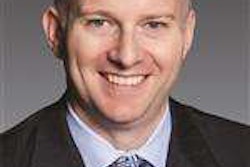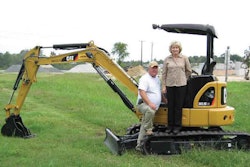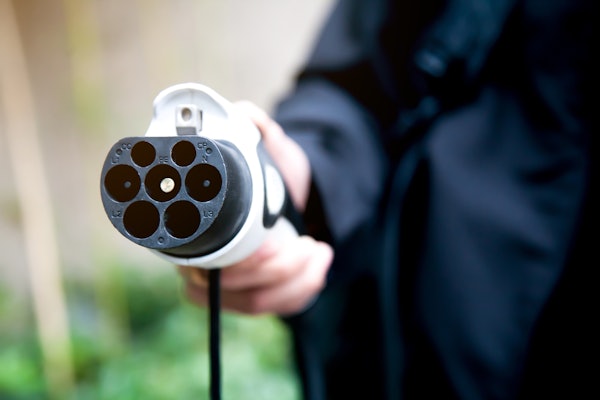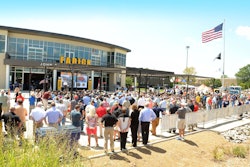Minnesotans will soon have the option of taking light rail transit along the 11-mile Central Corridor that links the Twin Cities of Minneapolis and St. Paul, one of the most heavily traveled corridors in the region, thanks to a $474 million funding agreement between the U.S. Department of Transportation and the Metropolitan Council.
“With gas prices at record levels, President Obama has put forward a comprehensive plan to protect families and businesses from the ups and downs of energy costs,” said U.S. Transportation Secretary Ray LaHood. “Our investments in this critical transit link between the Twin Cities will cut travel costs for consumers, and help create a cleaner, greener way to get from one place to another.”
Federal Transit Administrator Peter Rogoff was joined by Metropolitan Council officials and local leaders this morning to take part in a ceremony to sign the “full funding grant agreement,” which gives project sponsors the assurance that the federal government will appropriate a portion of its share each year until 2015, when the $957 million project will be fully funded.
“The Obama Administration is thrilled to partner with the people of Minnesota to build the largest public works project in the state’s history,” Administrator Rogoff said. “This project truly embodies the President’s vision for winning the future through infrastructure investment. It will create thousands of construction jobs now while paving the way for many thousands of jobs that will come to the Twin Cities through the economic development successes surrounding the new rail line. ”
The 11-mile Central Corridor light rail line, which includes 18 new stations, 31 new rail cars and a new vehicle maintenance facility in St. Paul, is scheduled to open in 2014. Trains will run every 7 ½ minutes during weekday peak periods. By the year 2030, it is expected that it will carry more than 40,000 passengers on weekdays, generating 6,000 new transit trips a day.
In addition to serving the downtown areas of the Twin Cities, the Central Corridor line will provide improved access to the University of Minnesota, the Midway area, the State Capitol complex, major event venues including Target Field and the Metrodome, and many neighborhoods in between.









